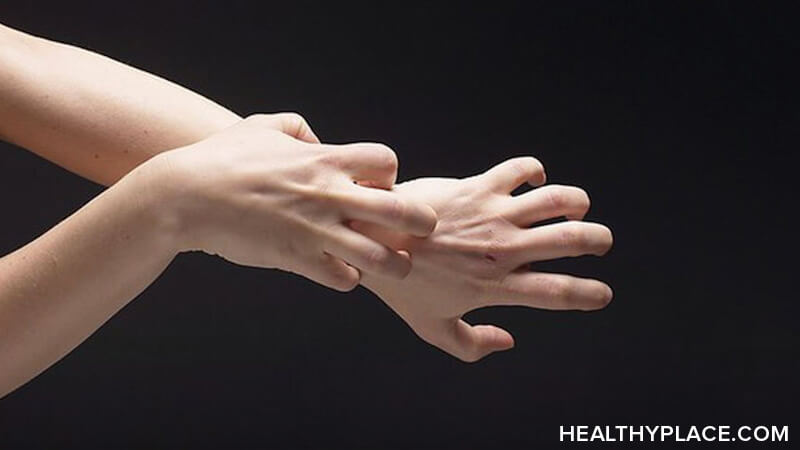What are Type 1 Diabetes Symptoms and Signs?

Knowing what type 1 diabetes symptoms and signs are can prevent the disease from suddenly becoming so severe that you or a loved one, including a child, loses consciousness. This type of diabetes can be life-threatening when left untreated; therefore, identifying diabetes type 1 symptoms allows you to treat it, manage it, and live well. Read on to learn about the symptoms of type 1 diabetes.
Where Do Diabetes Symptoms Type 1 Come From?
Diabetes is a disease in which the body can’t correctly metabolize glucose (sugar). Carbohydrates you eat are digested into glucose. Glucose enters the bloodstream and travels throughout the body to enter all of your cells for energy. The cells won’t allow glucose to enter on its own. For glucose to get in, it needs a hormone called insulin to unlock those cells. Normally, this is a seamless process, but in diabetes, there’s a problem with insulin so that glucose is left stranded in the bloodstream where it builds to dangerous levels. This condition is called hyperglycemia. Hyperglycemia causes serious health problems.
Type 1 diabetes is not just a metabolic disorder but is also an autoimmune disorder. This means that the body’s immune system attacks a part of its own body. In type 1 diabetes, it attacks an organ called the pancreas and the insulin-producing beta cells inside it. The body is unable to produce insulin. Without treatment for diabetes, the body can’t regulate blood sugar.
The lack of energy in the cells, because glucose is locked out, is behind the overwhelming fatigue and hunger that are signs of diabetes. Further, hyperglycemia is the cause of many of the type 1 diabetes symptoms. The kidneys kick into overdrive in an attempt to flush out all of the extra blood sugar. As a result, too much fluid is drawn from the body. This impacts the functioning of body parts and systems. The circulating glucose itself does damage, too.
The mechanism of diabetes provides a context for the symptoms. The following list highlights diabetes symptoms and signs.
What Are the Symptoms of Type 1 Diabetes?
The following are the symptoms of juvenile diabetes. Juvenile diabetes is the former term for type 1 diabetes, but because this disease can potentially develop in adults, type 1 is a better term. These symptoms appear in children, teens, and adults:
- Excessive, unquenchable thirst
- Frequent urination
- Increased appetite
- Weight loss despite eating
- Numbness or tingling in hands and feet
- Blurred vision
- Dry mouth
- Dry skin
- Fruity breath
- Rapid, deep breathing
- Stomach pain
- Nausea or vomiting
- Flushed face
In type 1 diabetes, symptoms typically appear quickly, over the course of just weeks rather than the months or years of type 2 diabetes symptoms. Also, symptoms can be severe, which is an indication that blood sugar is out of control and immediate medical attention is needed.
The symptoms of type 1 diabetes serve as warning signs. When you heed these symptoms and signs, you’ve already begun to control not just the symptoms but the disease and your life.
APA Reference
Peterson, T.
(2022, January 4). What are Type 1 Diabetes Symptoms and Signs?, HealthyPlace. Retrieved
on 2026, January 14 from https://www.healthyplace.com/diabetes/main/what-are-type-1-diabetes-symptoms-and-signs



